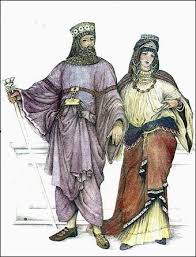Notice:
The website is currently in production and is not 100% done. We are working hard to complete it as soon as possible.
The website is currently in production and is not 100% done. We are working hard to complete it as soon as possible.

The history of Kurds living in Anatolia, Mesopotamia, Iran and Zagros areas span to many continents. Since Kurdistan is not a state it is hardest for Kurds to express their lineage and heritage as far as the stone age. Similarly Kurds have faced opression under different dynasties notably Mongols where they faced legendry Kurdish figures that repelled Mongolian hordes. In a lot of Senses Kurdistan has a big civilisation that invovles saving their culture and history through pride and confidence. Kurds in Kurdistan and all four parts of Kurdistan are peacefully agriculture pastorals. This means that they never conquered peoples and subjucated them, instead they face other enemies painfully desiring to control Kurds for vile means.
There is a famous MahaBad Republic anthem created by Dildar which emphasises Kurdish values and ethics.
Ey Raqib is the symbol of hope for stateless Kurds around the world, and signifies the urgent need for Kurdish strength and respect.
Above shows an example of oldest Luristan short 'sword of bronze with addorsed ox-heads'.
Where Luristan items are used in the Iron age these swords are only specific to Kurdish history and culture. It is clear that Kurdistan's culture is very ancient, since there are notable examples where the Medes contributed much to Kurdish civilisation.
The term 'Madai' refers to the Kurdish early history and the North of Anatolia hills where it seems Kurdistan connects Mountains of Zagros altogether.
Amed Kurdistan or 'Amida' in antiquity has beautiful walls surrounding the urban city which still stand today.
Amed is the Kurdish city which is described in various sources as having 'lengthy and difficult' territories.
Saladin came from a humble and reputable family according to 'Saladin in his time' book, and it vividly says Ayyub as a culture and Kurdish scope had been descended from 'Shirkuh' the native Kurdish village near Dawin in Armenia.
Article 62: A commission sitting at Constantinople and composed of three members appointed by the British, French, and Italian Governments respectively shall draft within six months from the coming into force of the present Treaty, a scheme of local autonomy for the predominantly Kurdish areas lying east of the Euphrates, south of the southern boundary of Armenia as it may be hereafter determined, and north of the frontier of Turkey with Syria and Mesopotamia, as defined in Article 27, II (2) and (3)."